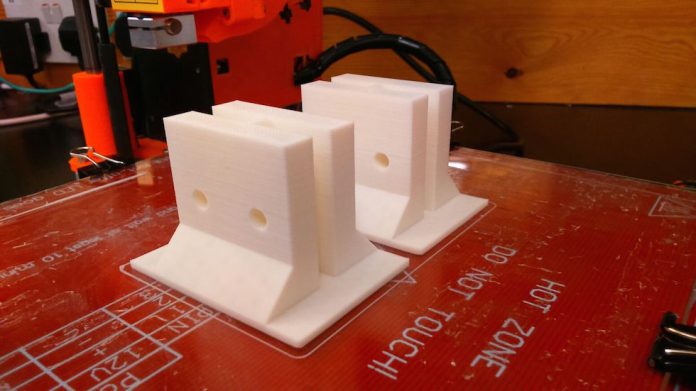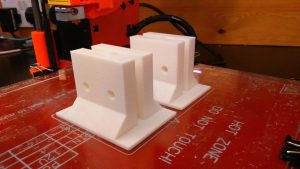
Fourth year Mechanical Engineering students at the University of Leicester have created a portable, battery operated 3D printer.

They have made various mechanical adjustments to a portable 3D printer, allowing it to fold and fit in a hand luggage to make it transportable and took the power supply away so it can work even in the most remote areas in the world.
According to Dr Alan Stocker, project supervisor and senior lecturer in the University’s Department of Engineering, “The design process was holistic and required lateral thinking throughout. The group was aided by computer-based modelling and stress simulations to ensure that the design choices that were made were suitable.”
“The students were given a specific focus on sustainability to meet current industry regulations. With this in mind they included a load-sensor which allowed the user to precisely compare the amount of material required for a printing operation with the amount of material leftover. This addition meant that the user wasted fewer filaments which saves money and increases the emphasis on sustainability for the project,” he added.
The team of students has already demonstrated its talents by printing a set of teeth and a screw bearing. They even printed a set of cutlery to show the principle in humanitarian situations.
The printer is housed in two laminate foam layers within an MDF suitcase to protect it from transport damages and moisture. It can fold up and down, however, when folded down, the suitcase is easily transported and resembles a normal luggage case.
“Working on this Portable 3D Printer has been an exciting learning experience and an extremely rewarding way to finish off four years of hard work,” said Nicholas Iland, a fourth year MEng student at the University of Leicester.
“As a group, we hope that the University can put this printer to great use in the future and in particular for the second year engineering design competition where we know from experience that it could be of great use.”




















